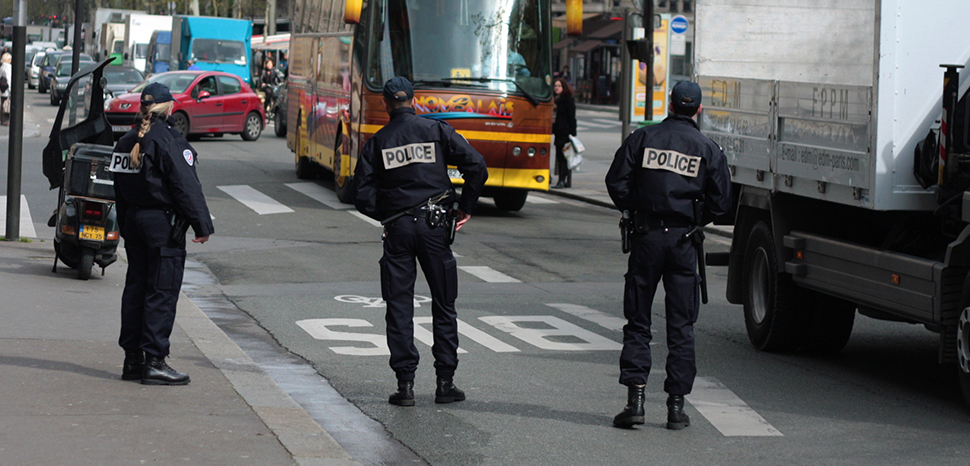“France is under a long-term terrorist threat.” The words of the Ministry of the Interior resound with harshness in all French people’s hearts, after another weekend of horror. The October 2 jihadist attack in the heart of Paris was (another) reminder of the persistent terrorist threat in France. In the lead up to the most anticipated sporting event in the country since the 2018 Football World Cup, the Olympic Games, all eyes will be on the French capital, and the security forces’ capability to keep Olympians, tourists, and locals safe.
The attack
On Saturday night, a 26-year-old man killed a person and wounded two others near Bir-Hakeim in Paris. A few minutes before the attack, the killer shared a video on social media during which he pledged his allegiance to the Islamic State (IS). His specific motivations (beyond a jihadist ideology) for the attack are known, as he claimed he wanted revenge for the persecution of Muslims worldwide.
Converted to Islam in 2015, the jihadist was known to law enforcement for his radical Islam and psychiatric problems. He had been involved in the jihadist network for some time and was in contact with the Magnanville killer, the Saint-Etienne du Rouvray killer (who both committed jihadist attacks in 2016) and with jihadists in Syria. He himself tried to travel there.




